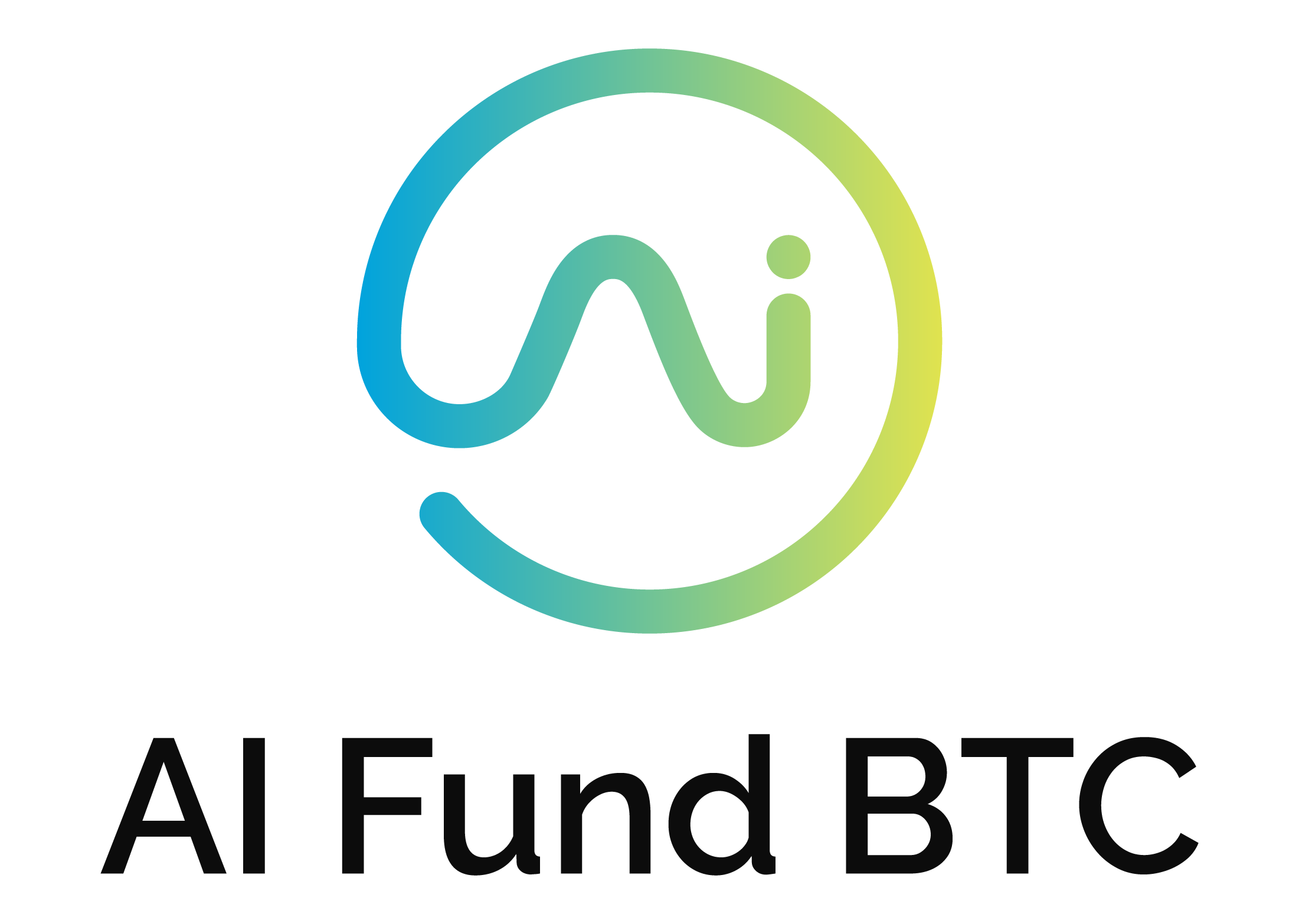Trade Global Commodities with AIFundBTC
What You Should Know About Trading Commodities
Commodities are physical goods traded around the world – from crude oil and natural gas to wheat, corn, coffee, and sugar. They’re tied directly to human needs and global supply chains, which makes them essential, in-demand, and highly tradeable. Historically, commodities were exchanged directly – a sack of grain for a barrel of oil. Today, they’re priced in major currencies like the US dollar and traded on major exchanges or via CFDs.
When adding commodities to your portfolio, it’s important to stay alert to political events, economic news, and especially the weather – all of which play a key role in price movements. For example, OPEC meetings can influence oil prices, while droughts or floods can cause spikes in agricultural markets. A wider understanding of global events can give you a trading edge.
Unlike stocks or forex, commodities are based on raw materials and primary goods – not companies or financial products. They’re usually split into two main types. Soft commodities include crops and livestock – like coffee, corn, and wheat. Hard commodities cover resources like oil and natural gas that are extracted or processed.
Commodity prices are shaped by supply and demand, production costs, geopolitical events, weather conditions, and even trade policies. Many traders turn to commodities for their volatility and profit potential, especially during times of inflation or market uncertainty. These instruments can react sharply to global headlines – making them ideal for traders who want to stay active and diversify risk.
Traders choose commodities for several key reasons. First is population growth – more people means more food and energy demand. Second is inflation – as money loses value, the cost of raw goods typically rises. And third is diversification – when stocks or currencies are falling, commodities often move independently, helping to stabilise overall performance. Whether you’re hedging or speculating, commodities offer powerful ways to manage risk and find opportunity.
Learn More About Commodities
- What Types of Commodities Can I Trade?
- When Should I Buy and When Should I Sell?
- Are Commodities High-Risk Assets?
- What Is the Most Stable Commodity?
- What Is the Most Volatile Commodity?
- What Are Commodities?
- What Are Energy Commodities?
- What Are Agricultural Commodities?
- How Does the Commodity Market Work?
- What Determines Oil Prices?
- What Influences Commodity Prices?
Real-Time Market Prices
Trade with confidence - safe, secure and built for serious traders
Protection from
Negative Balances
Ultimate Segregated
Accounts
Extra Security for
Large Deposits
Advanced risk controls and capital protection up to $1 million – your funds are always the priority.

